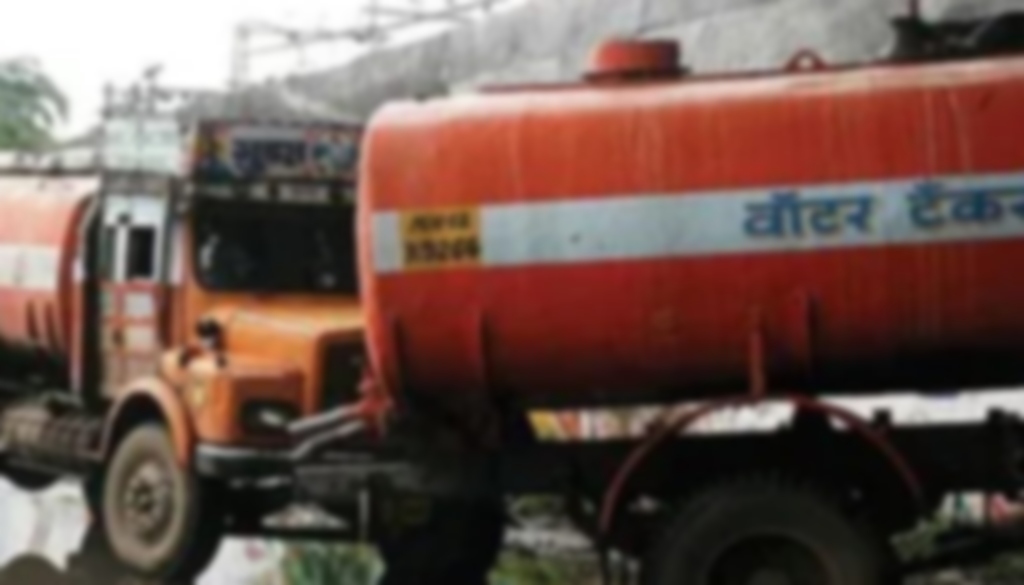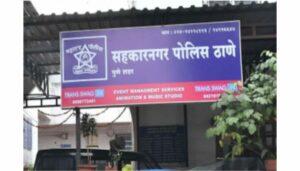Water Scarcity Grips Pune: Residents Struggle Amid Irregular Supply and Rising Demand

Sumit Singh & Tikam Shekhawat
Pune, 1st April 2024: Water scarcity has become a pressing issue in Pune as the summer heat intensifies, leaving residents grappling with irregular water supply. Complaints from citizens across various neighborhoods highlight the severity of the situation, with many expressing frustration over the prolonged wait for water.
The shortage has led to an uptick in private tanker services, particularly in housing societies, as municipal tankers struggle to meet the escalating demand. Currently, the number of municipal tankers stands at twelve hundred and is expected to rise further.
Last year’s deficient rainfall has exacerbated the situation, impacting water storage levels in the Khadakwasla dam chain. Suburbs began experiencing water scarcity as early as February-March, with villages also facing acute shortages. Residents are voicing their discontent over the inadequate and irregular water supply, calling for urgent action from authorities.
While the municipal water supply department claims to maintain regular water supply in the city, reports indicate widespread water shortages in most areas, excluding select parts of the suburbs like Peth areas. From Balewadi to Vishrantwadi, residents are facing water scarcity, with some areas receiving water for only two to three hours daily.
In certain suburbs, water is supplied every other day or with a gap of two to three days, prompting housing societies to increasingly rely on private tanker services. Villages and gram panchayats are also dependent on municipal tankers for their water needs.
The surge in demand for tankers has compelled the municipal water supply department to augment its fleet, adding an additional 100 to 125 tankers since February. These tankers source water from municipal tanks, wells, and village water channels. However, if the heat intensifies further, the municipal corporation may need to increase the number of tankers to meet rising demand.
The situation is particularly dire in included villages such as Sus, Narhe, Ambegaon, and Dhayari, where residents now face a waiting period of two to three days for water supply. Municipal tankers often fail to arrive on time, leaving residents with no option but to turn to private suppliers. Citizens lament the lack of assistance from the Municipal Corporation in addressing the water crisis in affected villages.
Various factors contribute to the water scarcity, including uneven water supply, large-scale water leakage, inadequate maintenance of water channels, and the growing population of large societies. With a population of about 70 lakh, the city’s water demand continues to rise, underscoring the need for immediate measures to ensure adequate water supply for all residents.
Nandkishore Jagtap, Head of the Water Supply Department, Pune Municipal Corporation (PMC), acknowledges the challenges and emphasizes the importance of expanding the tanker fleet to meet the escalating demand. “There is a regular water supply in the city. There is a problem with water supply in some areas. We are supplying water by tankers in those areas from the Municipal Corporation. As the demand for water increases, more tankers will have to be added”, he added.
Causes of water scarcity:
Uneven water supply
Large water leakage
Inadequate works of water channels
Maintenance, breakdown
Day-by-day growth in large societies
56,37,785 – Population of Pune city (as per 2019 Aadhaar Enrollment)
11,14,714 – Population of 33 villages merged in PMC
1,88,961 – City commuters (5 percent)
69,41,460 – Total population
Water Demand from Municipal Corporation (Annually):
20.34 TMC – 2022- 23
20.90 TMC – 2023 -24





